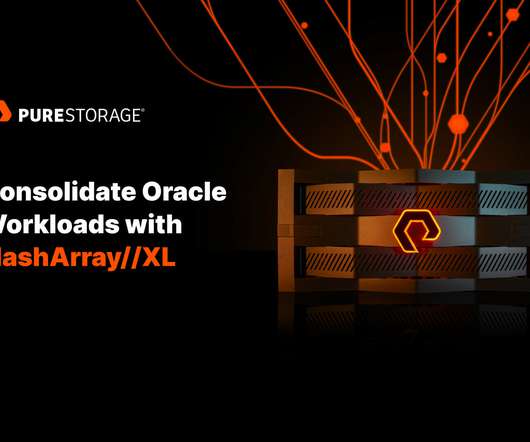SSD vs. HDD Speeds: What’s the Difference?
Pure Storage
JANUARY 4, 2022
HDD devices are slower, but they have a large storage capacity. Even with the higher speed capacity, an SSD has its disadvantages over an HDD, depending on your application. To determine the actual difference in speed, you’ll need to download benchmarking tools. How to Benchmark SSD vs. HDD.












Let's personalize your content